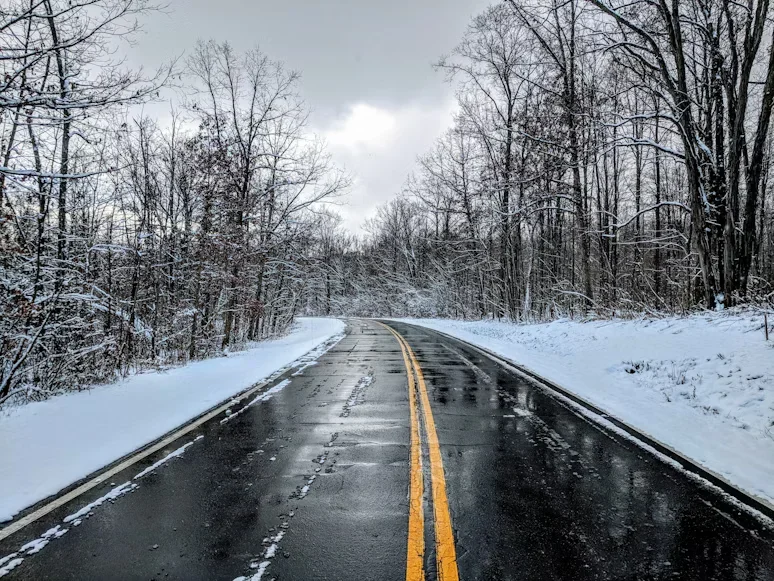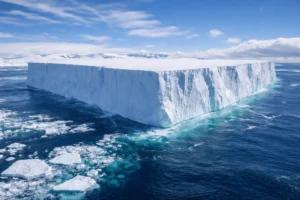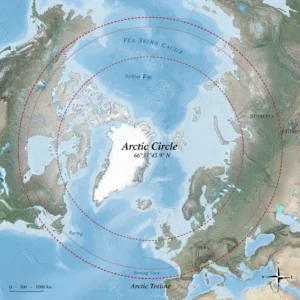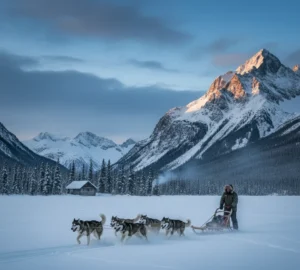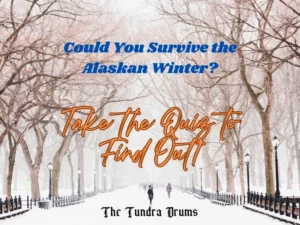The present-day mayhem can make it difficult to believe that America’s winter roads were predictable at one time. Drivers knew when to expect heavy snowfall or icy stretches. On one hand, communities prepared themselves for consistent winter patterns. On the other hand, municipalities geared up for well-worn schedules.
Fast-forward to this day, and winter driving across most of the US is a fiery ordeal. Since climate predictability is gone, a manageable challenge has turned into a severe test of skill and patience. Is it possible to reasonably anticipate road conditions, despite the volatile weather?
In this article, we will discuss the three main ways winters have changed America’s roads. Towards the end, you will find insights into how the new challenges can be tackled.
Infrastructure Struggles With New Temperature Extremes
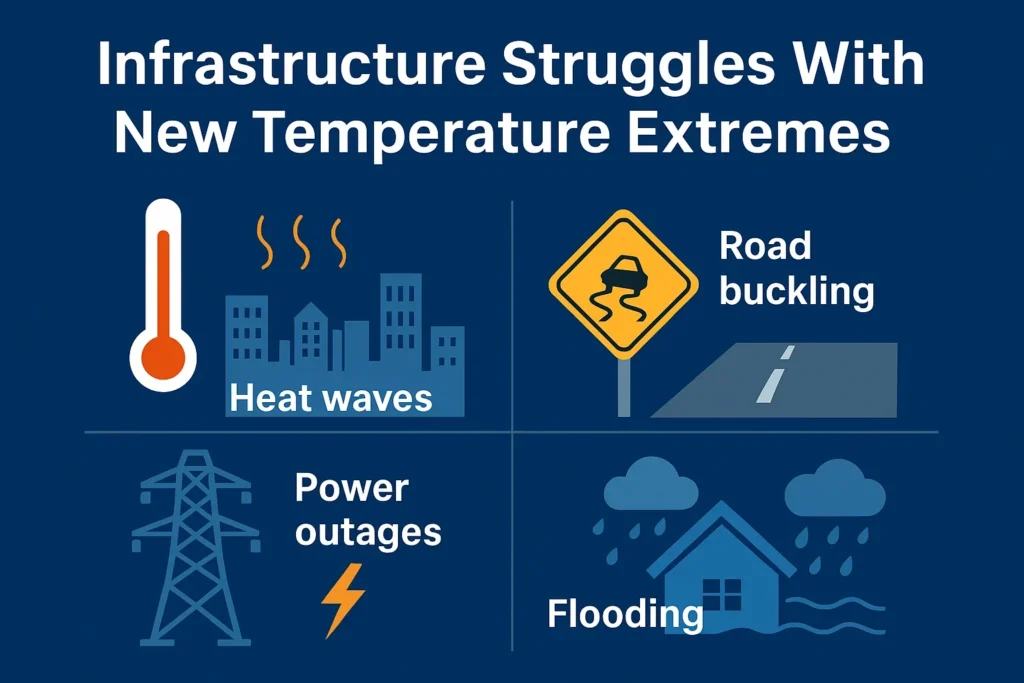
Temperature extremes also test snow and ice on winter roads. Say, cold snaps immediately follow warmer winters. This creates unnecessary pressure on roads and bridges in ways that were uncommon decades ago.
Asphalt is vulnerable to temperature expansion and contraction. It creates an alarming risk of potholes and cracks. Guess what? In the extensive US road network, nearly 94% is paved with asphalt. Interestingly, the states of Alaska, New Hampshire, Vermont, and Maine have fully asphalt-paved roads.
Winter brings in the additional fear of freeze-thaw cycles. Water, seeping into the little cracks and freezing overnight, tends to form small potholes.
The ultimate result? A back-breaking infrastructural burden. In 2025, a study revealed that permafrost thaw and its related infrastructural damage may cost the state of Alaska anywhere between $37 billion and $51 billion by mid-century.
As for the drivers, temperature swings are not merely an inconvenience, but a real safety threat. Uneven pavements and hidden potholes, particularly on less-traveled routes, cause gruesome crashes. The scenario could be such that only an experienced car crash lawyer would be able to help navigate the aftermath efficiently.
Roads Have Become Harder to Navigate
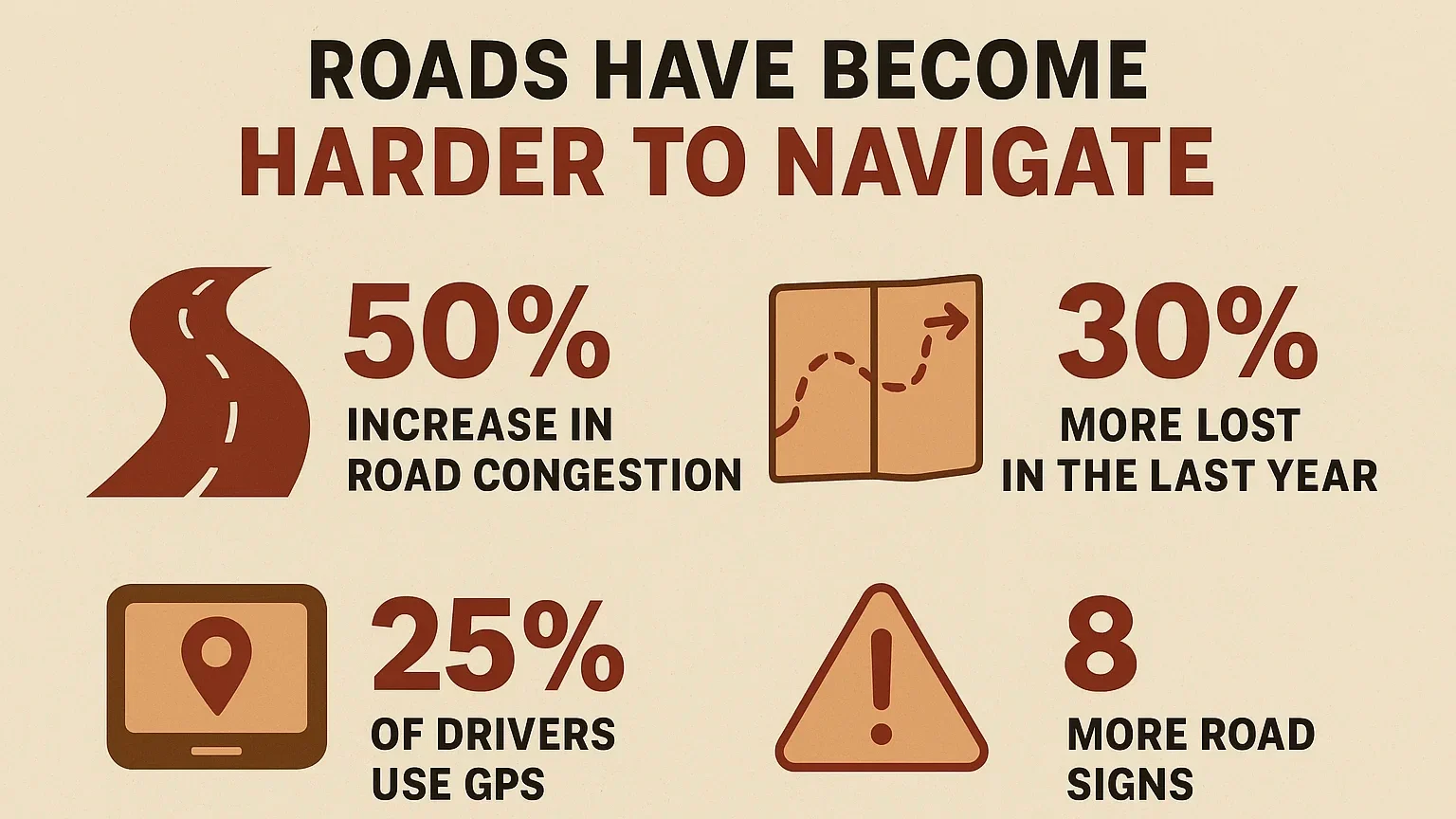
There was never a time when winters weren’t challenging in the US, at least for drivers. Climate change has only made the problem worse. Even regions that have historically had a consistent winter climate have seen erratic snowfall patterns in recent years.
The US Environmental Protection Agency (EPA) claims that rising global temperatures are connected to shifting snowpack dynamics. To put things into perspective, winters are getting shorter. However, that’s hardly something to rejoice in since storms are increasing in frequency and intensity.
Such storms are especially erratic across Buffalo, New York, and Minnesota. As for Alaska, a region accustomed to snow, the usual patterns have been replaced with sudden fluctuations in snowfall timing. Anchorage is a good case in point, where record-early snowfall took residents by surprise. Even more shockingly, the sudden snowfall was followed by mild periods, creating icy patches on roads.
It’s impossible to predict what conditions drivers might face on the roads when snowfall patterns become unpredictable. For example, a road that appeared reasonably safe in the morning may turn slick and dangerous in the afternoon. Then there is the unseen threat of black ice, which is made up of thin, undetectable sheets of melted snow.
Finally, wind and storm timings may impact snow drifts, causing accumulation in unexpected areas. Sudden maneuvers in any of these situations can cause serious accidents. In fact, TorHoerman Law shares that hazardous weather conditions are among the top three reasons for car accidents, besides distracted and impaired driving.
Wildlife Encounters Are on the Rise
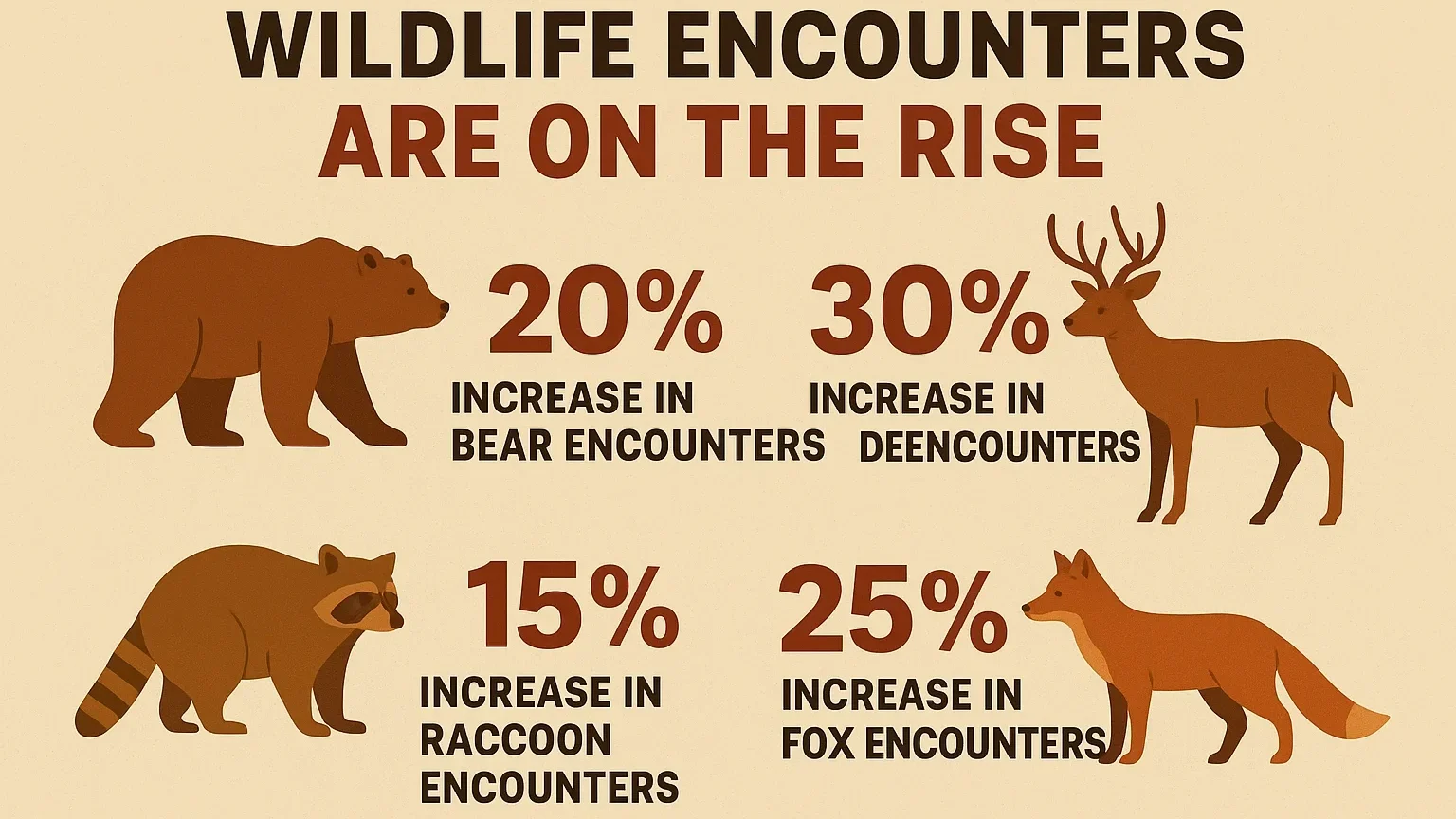
Winter patterns help shape the behavior and movement of wildlife. If an area that typically experiences frigid winter temperatures warms up, animals like deer and moose may not migrate as far as they would. This makes it highly likely for them to venture onto nearby roads in search of food.
Animals naturally like to steer clear of frozen or thawed landscapes. They may be compelled to concentrate on roads or urban edges due to easier paths and exposed vegetation.
Such fears are more than theory. Alaska has seen a rising number of moose collisions in recent years. Parks Highway witnessed a young couple collide with a moose in 2025. Skunks, raptors, coyotes, bears, bison, and turtles can be seen in places like Highway 89 between Gardiner and Livingstone. Large animals are said to be most active during the wee hours of the day.
Another problem lies with the variability in snow coverage. Unpredictable snowfall patterns tend to move wildlife to areas where the cover is shallow. Freshly cleared roadways are among the most vulnerable spots. When combined with dense or super fog, it stirs the perfect setup for a major collision.
Drivers in such regions have had to train their eyes for a possible wildlife encounter. Even a moment’s distraction can lead to serious consequences: vehicle damage and life-altering injuries. As winter patterns continue to change, animals will be pushed closer to roadways.
America’s winter roads are no longer what they used to be. In ways, both visible and subtle, climate change has taken its toll. The challenges are real, but so can the solutions be:
- Municipalities need to invest in smart road maintenance and treatment strategies. De-icing technology and predictive plowing schedules are two solid examples.
- Highways and bridges need reinforcements that can survive extremes of temperature.
- Wildlife overpasses and underpasses, along with fencing in collision-prone areas, should help mitigate unforeseen encounters.
Drivers also need to practice adaptive driving, staying alert, especially when winter sets in. The nation’s safety relies on both infrastructural planning and responsible driving. The stakes are high since America’s roads will continue to evolve in the coming years, especially during winter.






